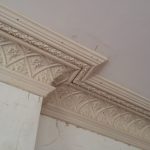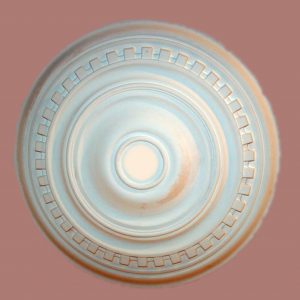Interior design is more than just the arrangement of furniture and choice of colour; it’s a reflection of society and the styles and influences of each Era: From the Renaissance to the modern age, each period offers a unique lens through which we view beauty, functionality, and form. So let’s take a look at the most well-know styles, and of course, how they incorporated plaster mouldings into the design.
Renaissance (14th-17th Century)
Originating in Italy, the Renaissance was a fervent period of revival in arts, culture, and thought. Rooms were symmetrical and harmonious, with every element curated to evoke sophistication. Frescoes adorned walls, and classical Greco-Roman motifs were everywhere.
Plaster mouldings became an artist’s canvas, used extensively to depict scenes from mythology, religion, or nature. Cornices and ceiling roses became statements of luxury and artistry.
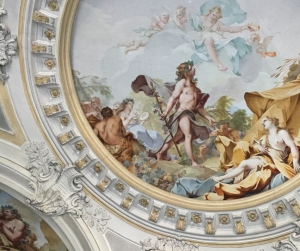
Baroque (late 16th – mid-18th Century)
Following the Renaissance, the Baroque period emerged, characterised by extravagance and drama. Think grandeur, contrast, and opulence. Gilded mouldings and intricate, elaborate details became the norm. Rooms were designed to evoke emotion, with strong use of light and shadow. Ceiling roses during this period were often large and complex, echoing the overall theme of excess.
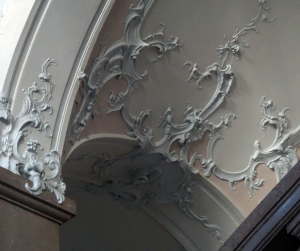
Victorian Era (1837-1901)
Victorian design favoured ornate detail, rich colours, and heavy fabrics. Every piece told a story, every detail had meaning. Dark woods, deep colours, and plush fabrics dominated the interiors. Plaster mouldings, especially cornices and ceiling roses, were used to add grandeur and sophistication.
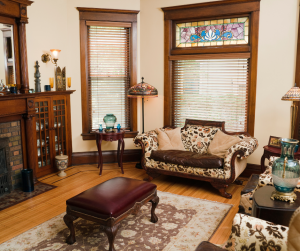
Edwardian Era (1901-1910)
Reacting against the weightiness of Victorian aesthetics, Edwardian design favoured lighter hues and more open spaces. It combined elegance with functionality, resulting in interiors that felt more breathable. Yet, the charm of plaster mouldings persisted, now in subtler and more refined forms.
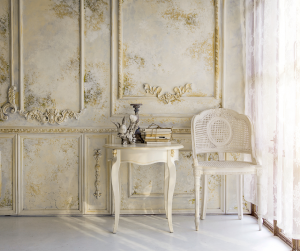
Art Deco (1920s & 1930s)
Art Deco surged with the optimism of the Roaring Twenties. Celebrating modernity and technological progress, its interiors were filled with geometric patterns, chrome finishes, and a palette that was bold yet refined. Plaster mouldings, adapting as always, took on cleaner, geometric forms, aligning perfectly with the ethos of the age.
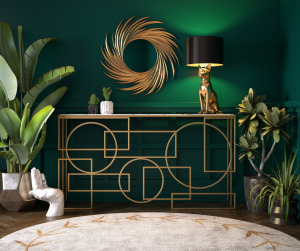
Mid-Century Modern (1930s-1960s)
Emerging in the mid-20th century, this style celebrated simplicity, organic forms, and high functionality. The design was unfussy, with clean lines and a strong connection to nature. While traditional plaster mouldings were less prevalent, they weren’t absent. When used, they were sleek and minimalistic, complementing the era’s straightforward aesthetics.
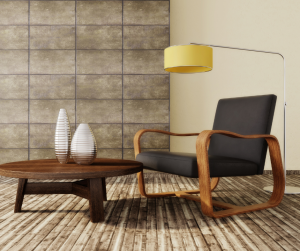
Japandi: The Present and Future
A beautiful fusion of Japanese minimalism and Scandinavian functionality, Japandi is the design language of the contemporary world. It values balance, muted tones, and purposeful design. Even in this minimalist style, plaster mouldings find a place. Simplified cornices or modest ceiling roses can add a touch of architectural elegance to any Japandi space.
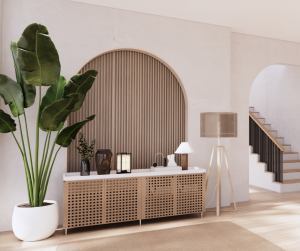
For more inspiration and ideas – join us on Facebook or ollow our instagram @abbymouldingsltd


